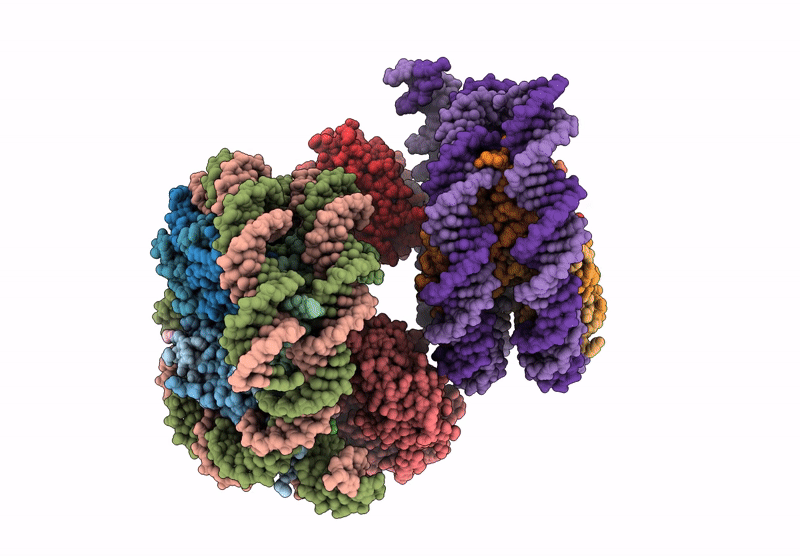
Deposition Date
2020-02-25
Release Date
2020-09-23
Last Version Date
2024-10-23
Method Details:
Experimental Method:
Resolution:
4.10 Å
Aggregation State:
PARTICLE
Reconstruction Method:
SINGLE PARTICLE


